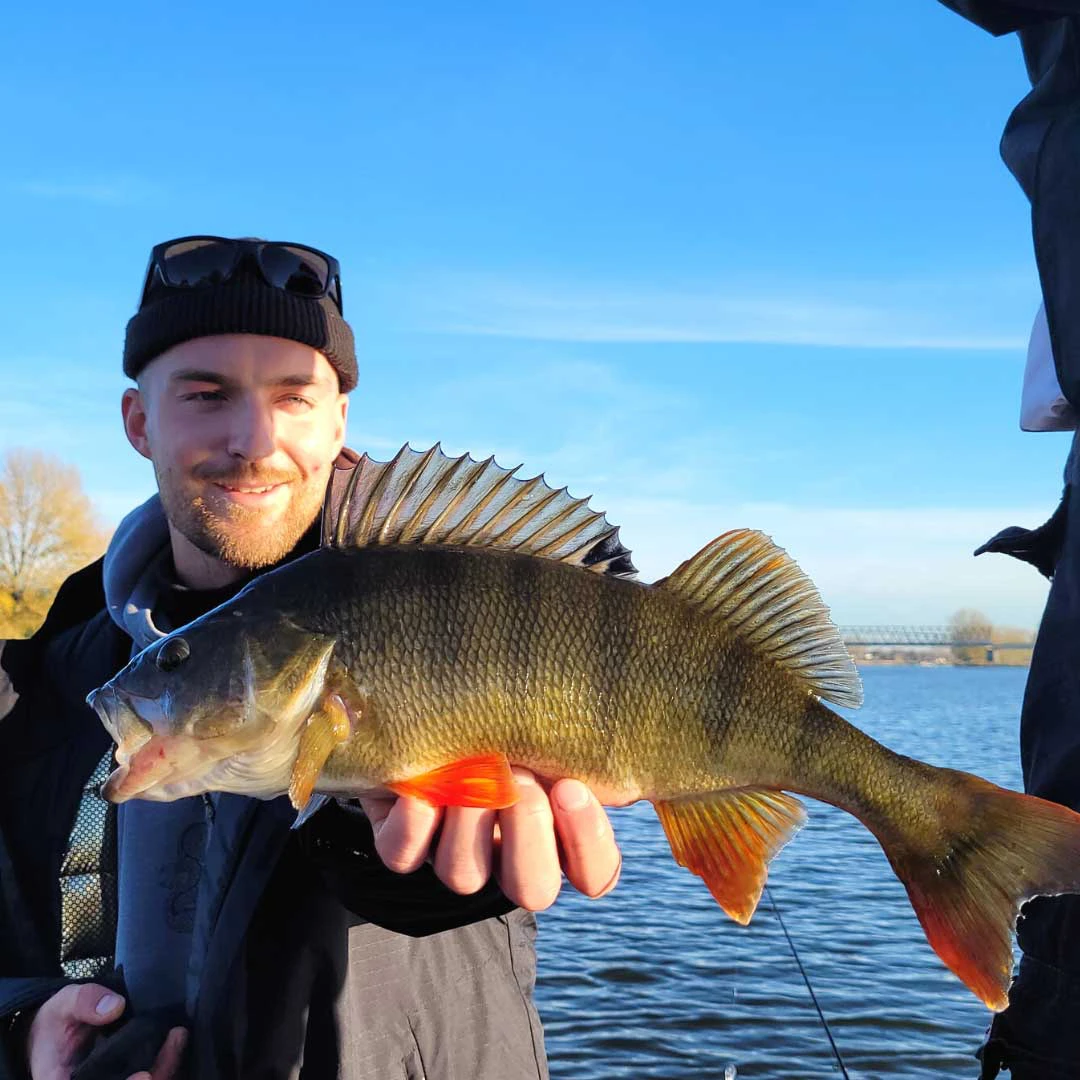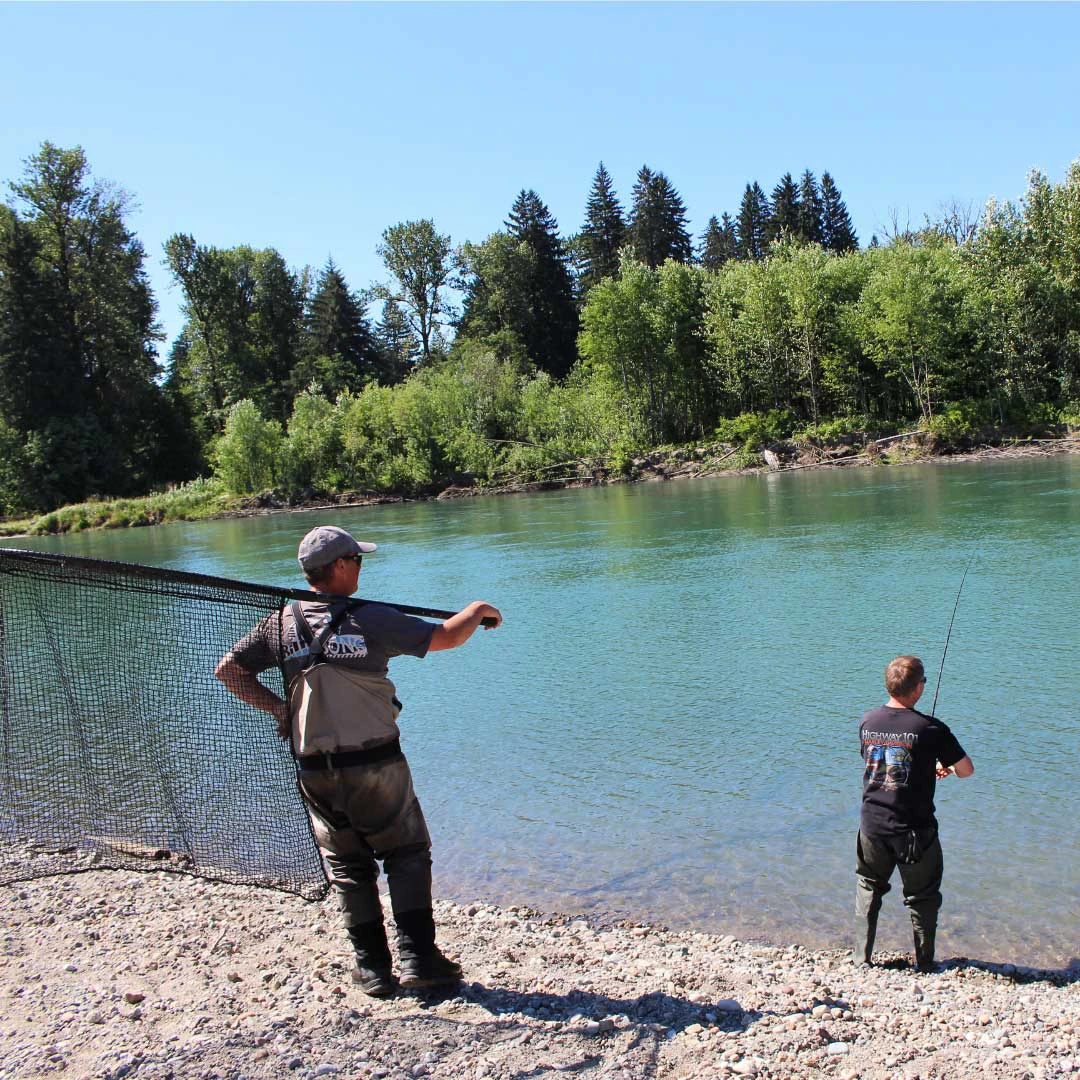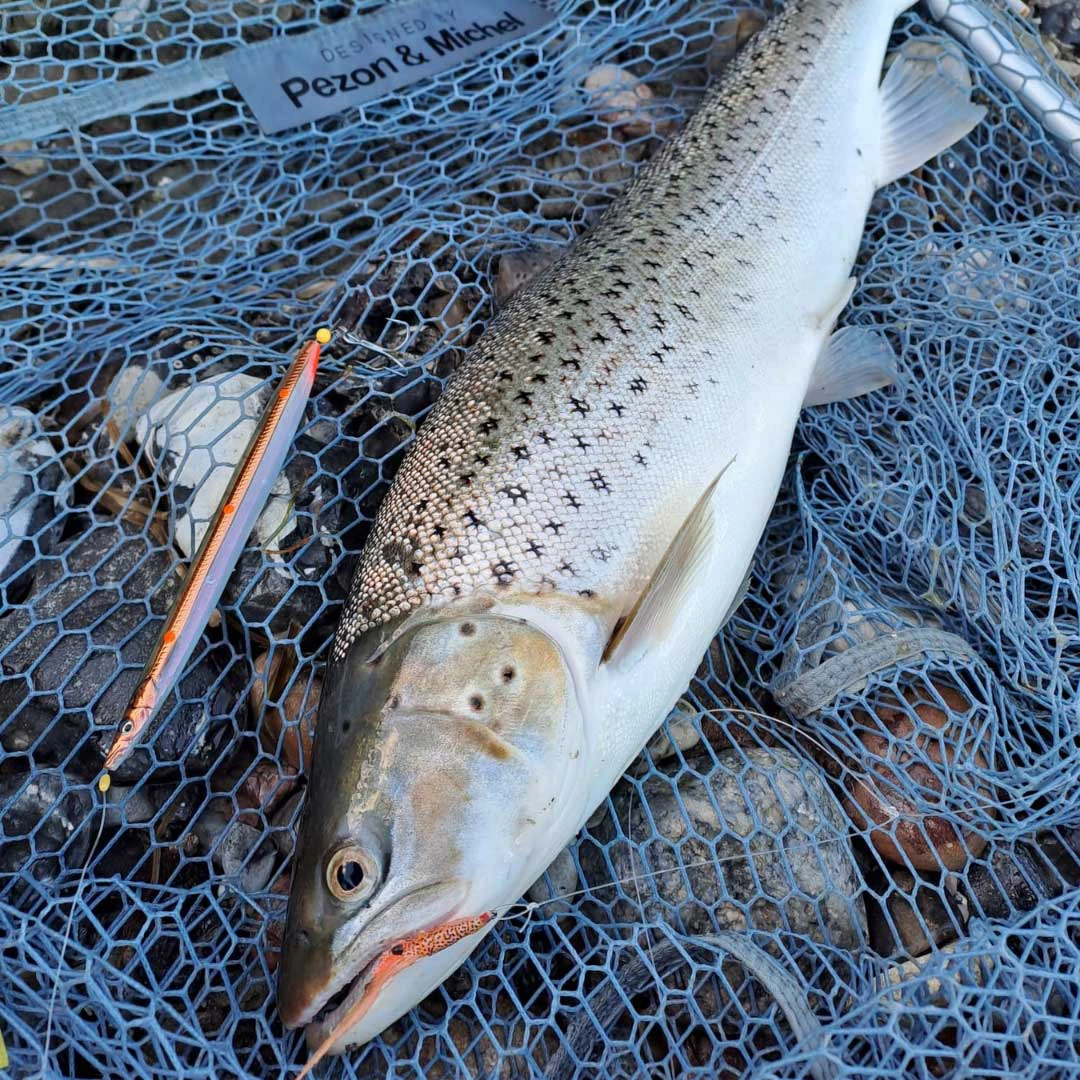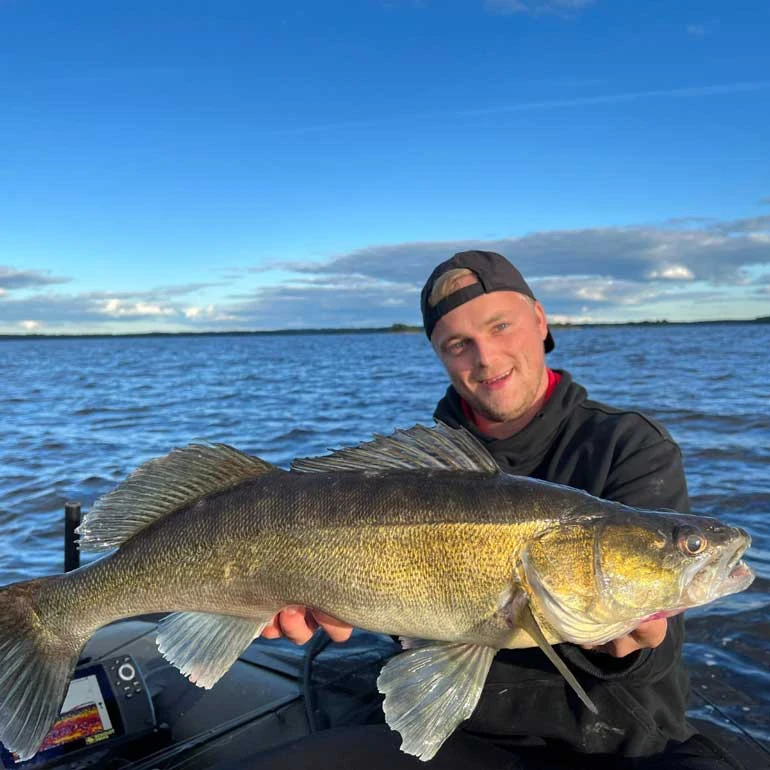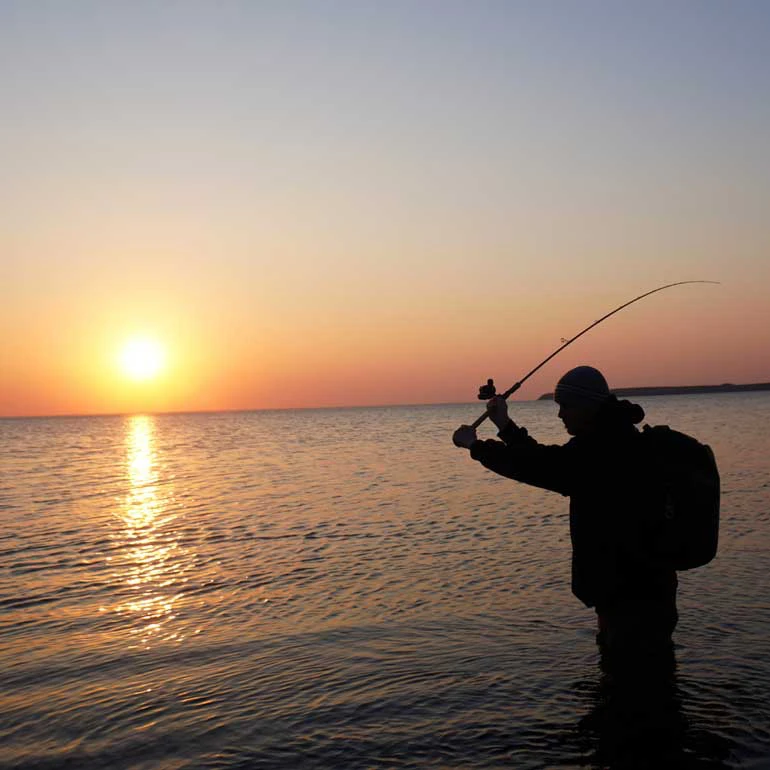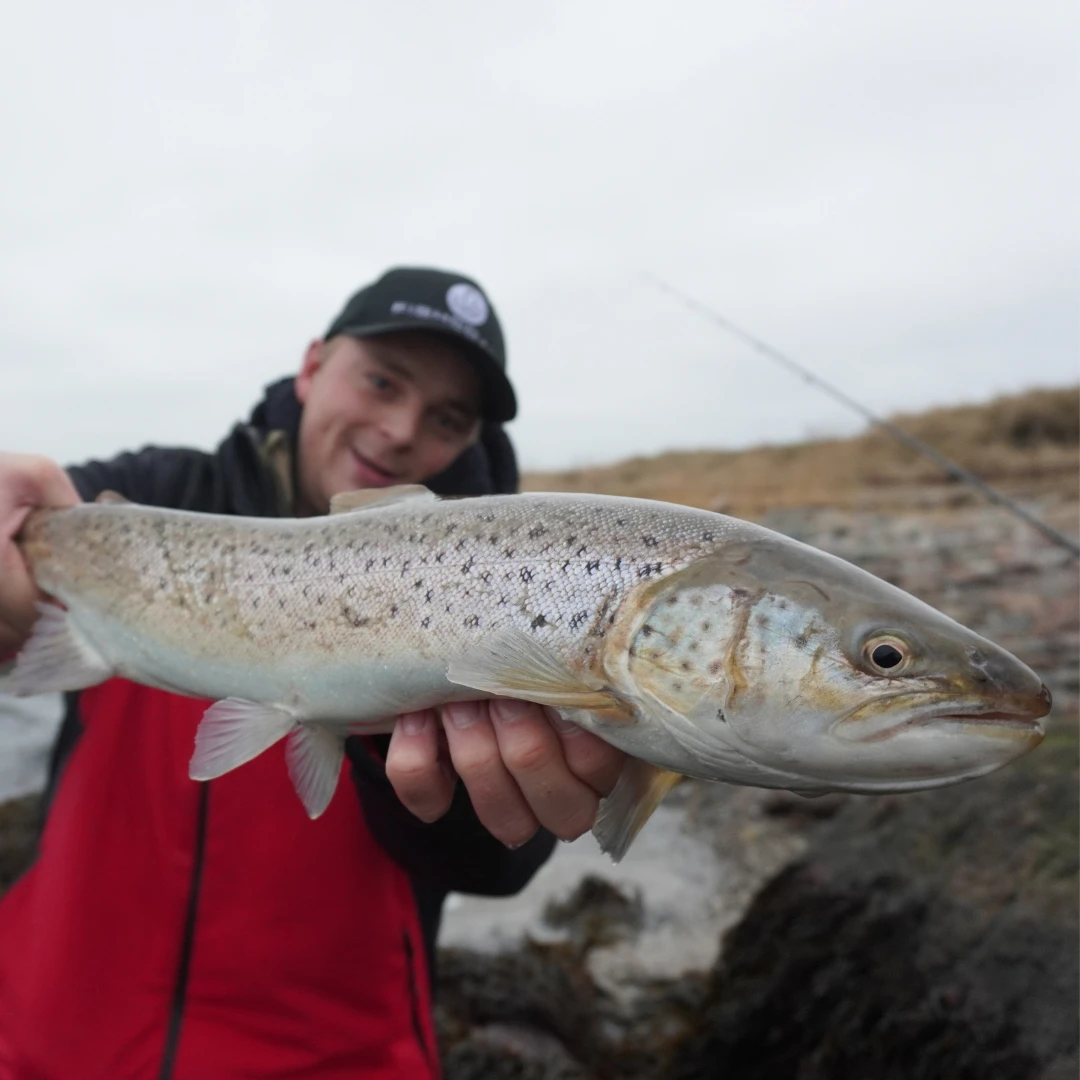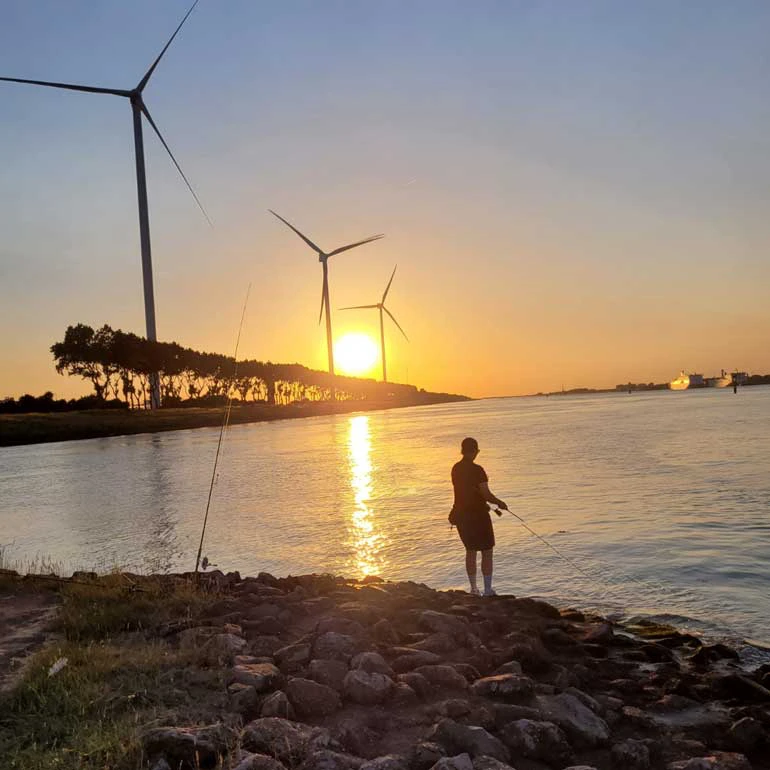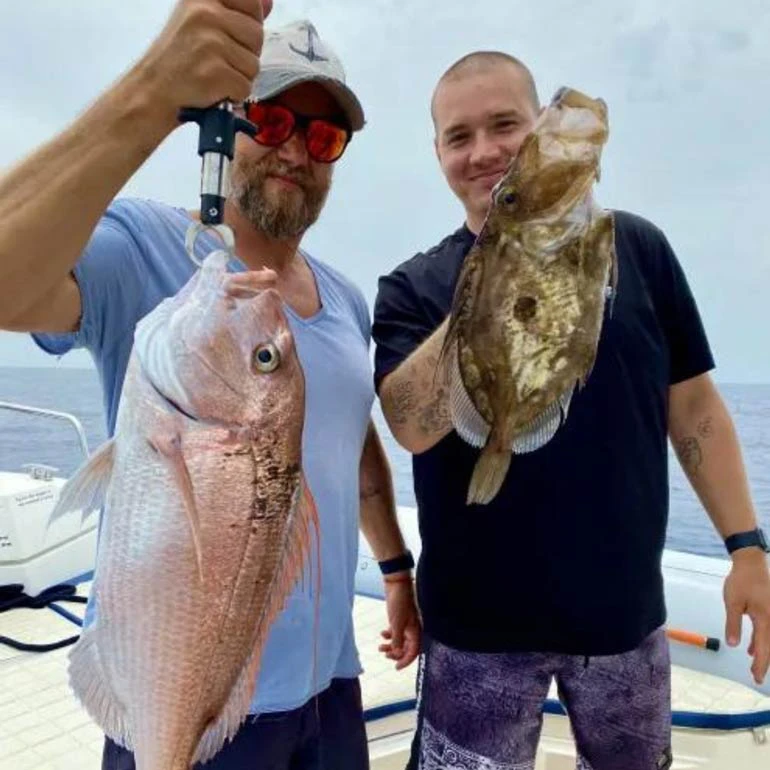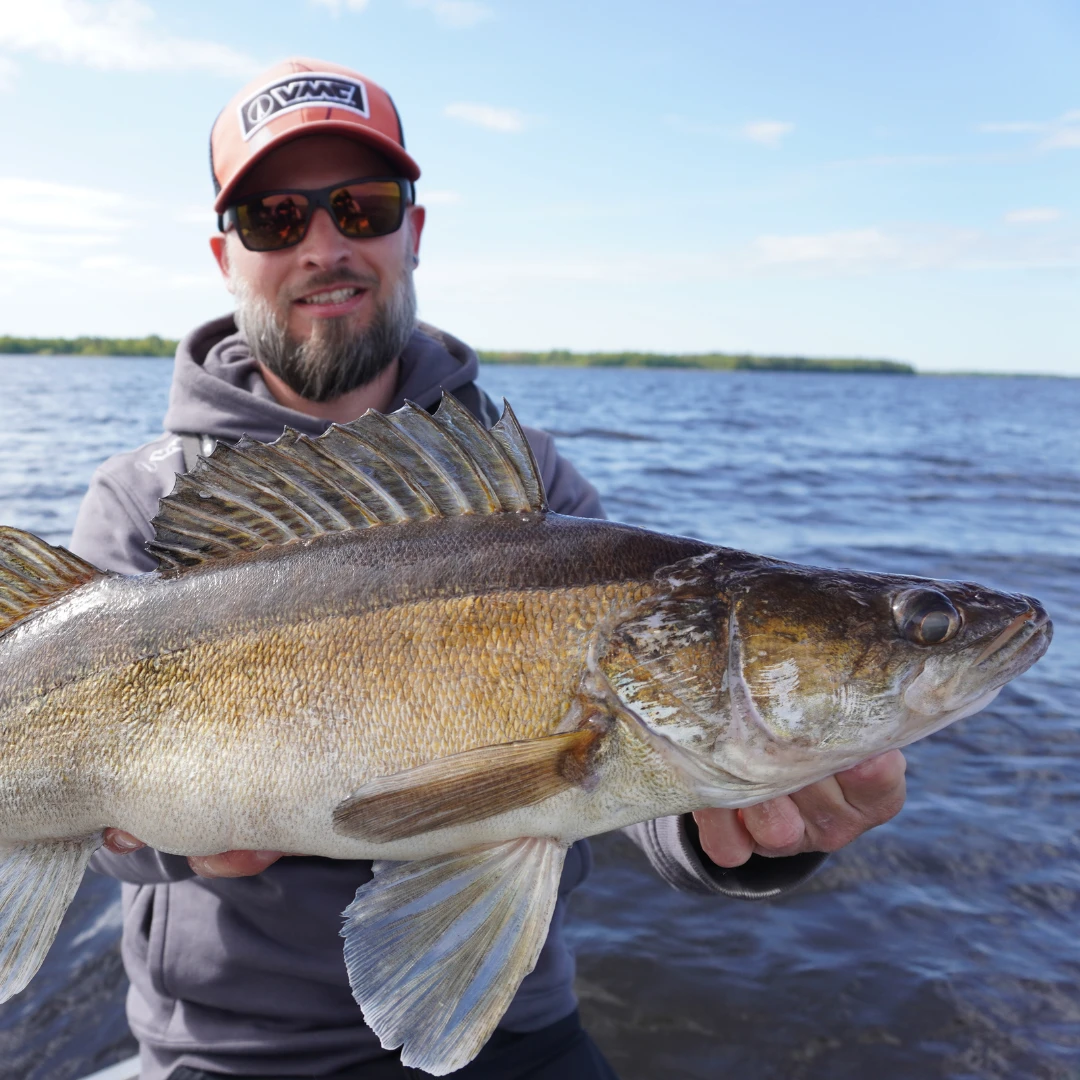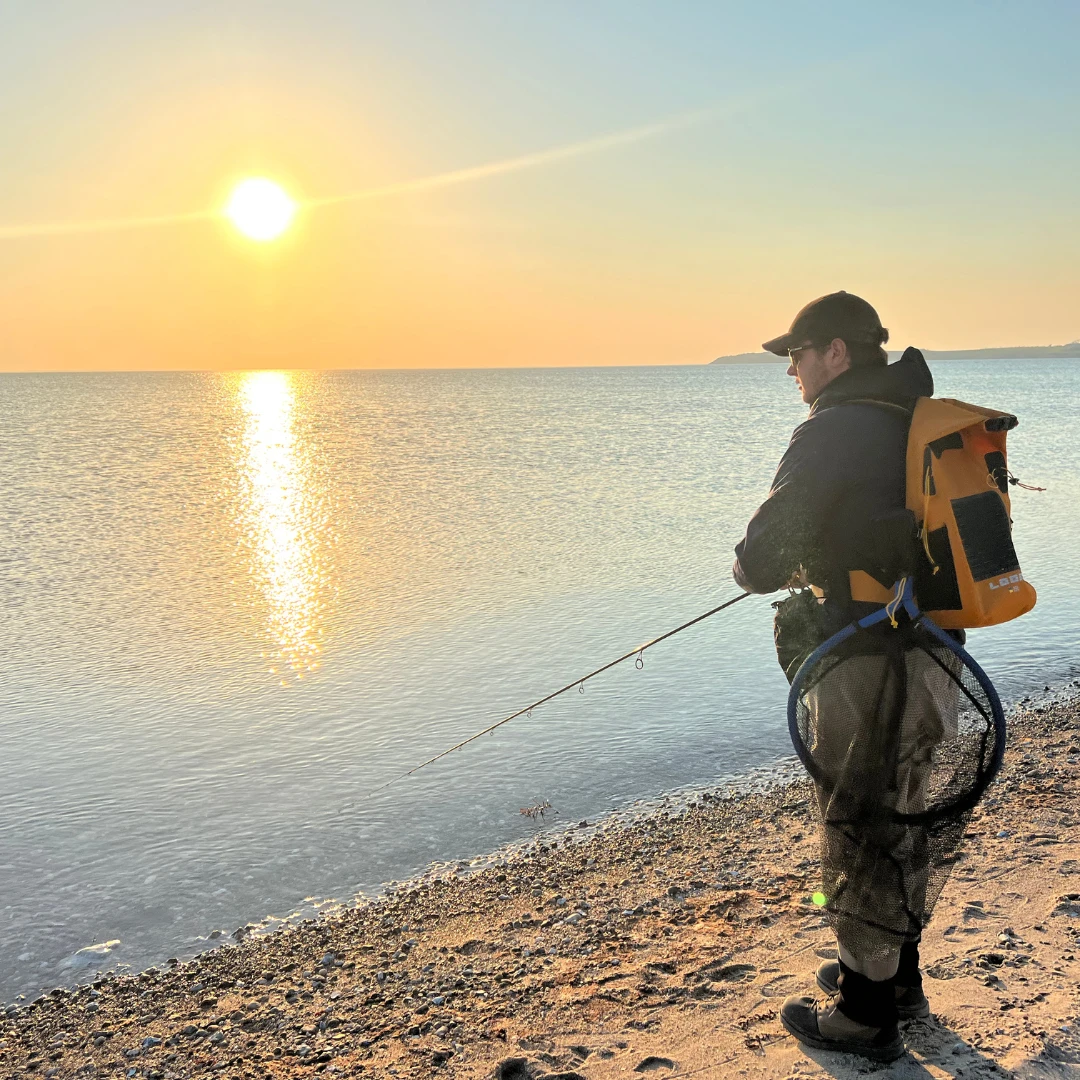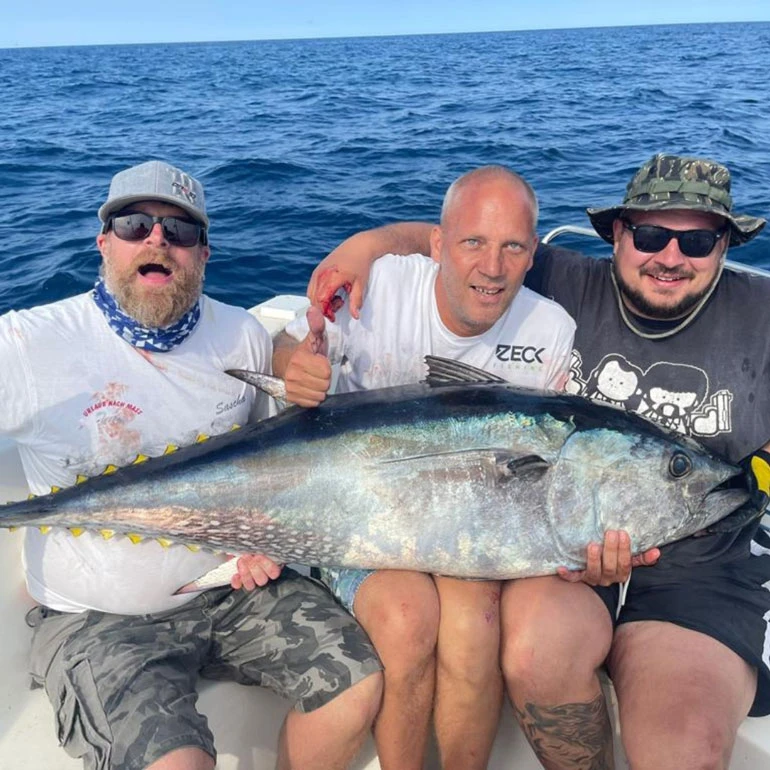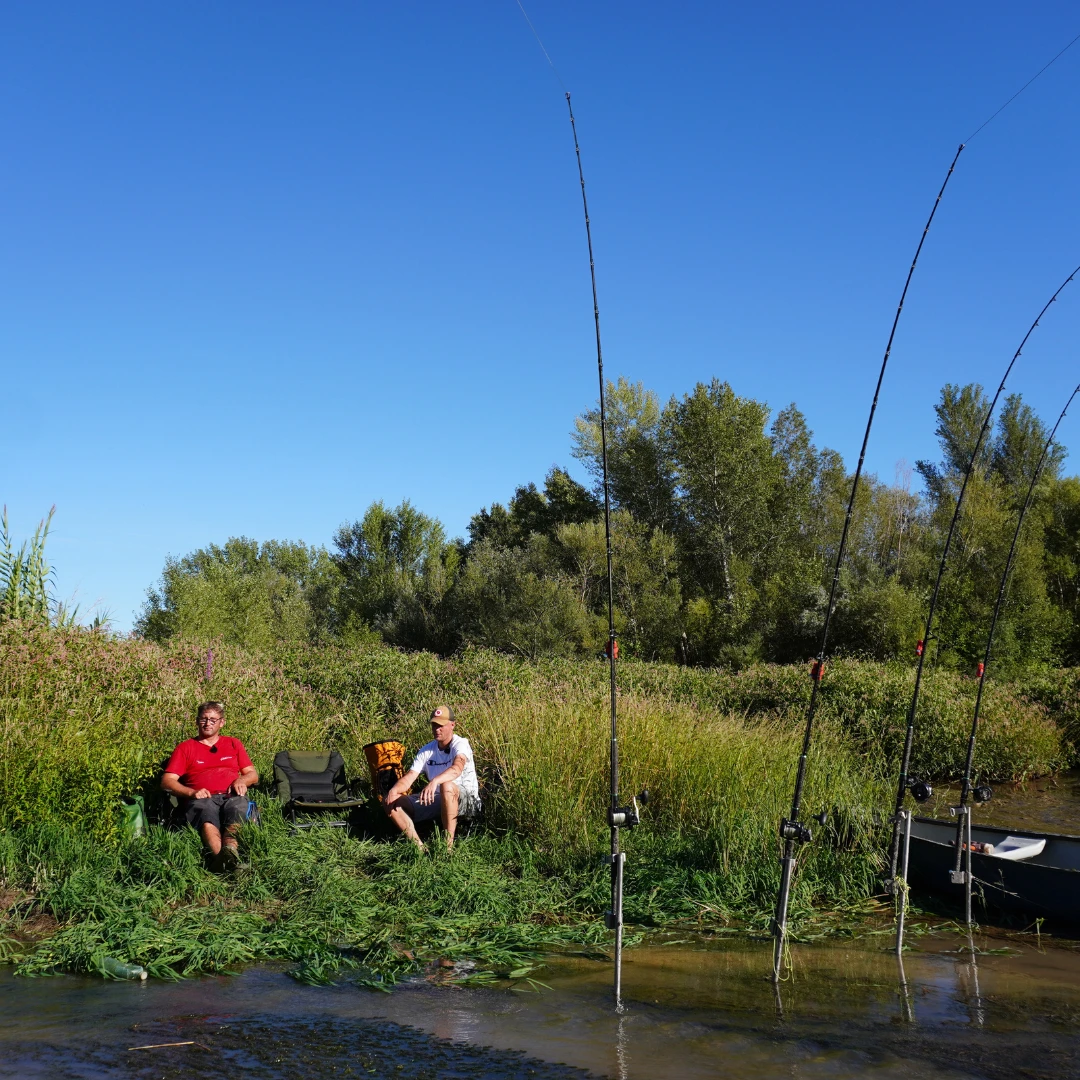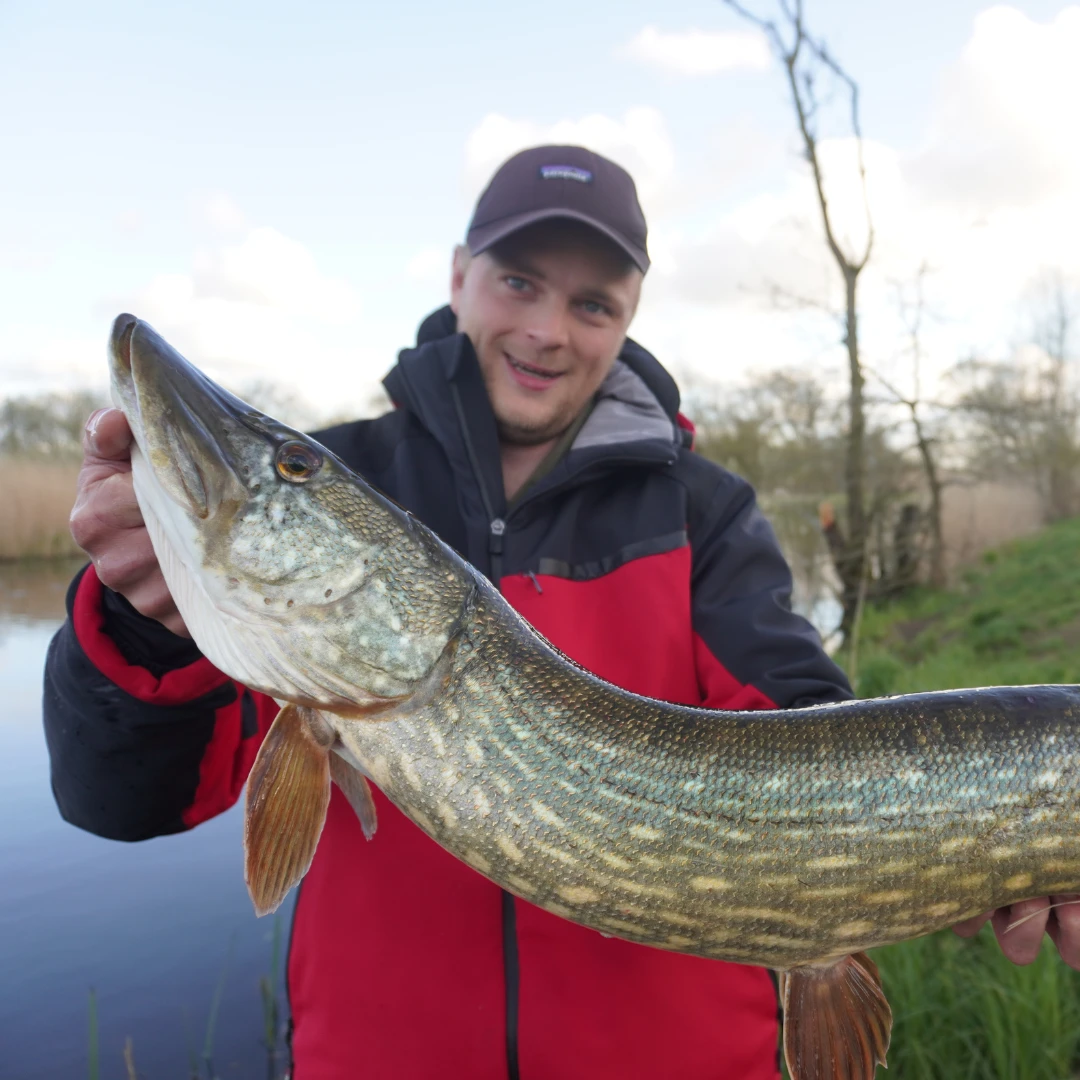
07
Dec
Predator Fishing in Autumn/Fall
Overview: Fishing in Autumn/Fall: General Insights Perch Fishing in Autumn Pike Fishing in Autumn Zander Fishing in Autumn
Fishing in Autumn/Fall: General Insights
Autumn is undoubtedly one of the most fascinating seasons for anglers. As nature prepares for the upcoming winter, the behavior of fish in the waters also undergoes a change. It is a time when fish are particularly active. But what makes autumn so special for anglers?
The altered behavior of fish in autumn is closely linked to natural cyclicality. With the shorter daylight hours and dropping temperatures, fish begin preparing for the cold season. They seek food to build reserves and replenish their energy stores. This results in fish being particularly active and hungry in autumn. They become more aggressive in hunting for prey and are ready to accept almost anything presented to them as food.
It's especially interesting to observe the behavioral patterns of individual fish species in autumn. For example, pikes exhibit increased activity in hunting as they prepare for the upcoming spawning season. They patrol shallow waters and attack anything that moves. On the other hand, perch search for schools of small fish to feed on as they prepare for winter.
Trout, too, are extremely active in autumn. They rise to the surface more often to hunt for insects, making them a popular target for fly anglers who must skillfully present their bait to meet the demands of this demanding fish species.
In addition to these specific fish species, there are, of course, many others that show increased activity in autumn. Every angler has their own favorites and preferences when it comes to autumn fishing. The variety of fish species and their different behaviors make autumn an exciting time for anglers.
In the following sections of this blog article, we will take a closer look at individual fish species and their behavior patterns in autumn. We will provide tips and tricks for successful fishing during this season and delve into specific techniques that have proven particularly effective for certain fish species.
Perch Fishing in Autumn
Perch fishing in autumn offers a wealth of opportunities and challenges for anglers. As water temperatures gradually cool down, the behavior and locations of perch in the waters change. To successfully catch perch, it is important to understand the habits of this fish species and use the right bait and rigging techniques.
In autumn, perch often retreat to deeper water regions, as these offer a more stable temperature and more food. They look for schools of small fish, such as roach or Rudd.
Structures like underwater edges, weed fields, sunken trees, or rocks become preferred locations for perch. Here, they patiently lie in wait for their prey and use these structures as protection against other predatory fish.
When perch fishing in autumn, it is crucial to present the bait as close to these locations as possible to attract perch. Rubber lures in natural colors, such as brown or green, are a good choice as they mimic the prey and instill confidence in perch. Twister tails, worms, or crayfish can be very effective. It is advisable to try different bait sizes and shapes to cater to the individual preferences of perch.
As for rigging, the Carolina rig is a popular choice for perch fishing in autumn. A lead weight is threaded onto the main line, followed by a bead stopper and a swivel. A leader with the rubber lure is attached to the swivel. This rig allows presenting the bait close to the water bottom while providing some mobility to attract the attention of perch.
Another effective method is the drop-shot rig. The bait is attached to a special hook in the middle of the leader, while the lead weight is attached to the end of the leader. This rig creates a tempting presentation of the bait that can entice perch to bite.
Patience and perseverance are required when perch fishing in autumn. It may take some time to find the right location and the suitable bait-rig combination. However, when all these elements come together, you can be rewarded with an exciting fishing experience and a successful perch fishing season.
Pike Fishing in Autumn
Pike fishing in autumn is an exciting time for anglers, as pikes actively prepare for the upcoming spawning season. The locations of pikes change in autumn, and they often move to shallower water regions to hunt for their prey. Weed fields, sunken trees, and shoreline areas with structure are popular spots where pikes can be found.
An effective rig for pike fishing in autumn is the Deadbait rig. In this method, a dead baitfish, such as a roach or mackerel, is threaded onto a steel leader and secured with a treble or single hook. The Deadbait rig allows presenting the baitfish close to the water bottom to attract pike. In many waters, pikes act as typical "stalkers" and systematically search the water bottom for predatory fish.
In addition to Deadbait and baitfish fishing, rubber lures such as soft plastics or twister tails can also be successful. Natural colors like green or brown are often a good choice to mimic the prey and gain the pike's confidence. Especially baits between 20cm and 30cm are worth a try at this time, as predatory fish increasingly focus on larger prey fish.
When pike fishing in autumn, patience is crucial, and trying out different locations and baits is essential to attract pike. The autumn months provide a great opportunity to catch this impressive predator and experience unforgettable fishing moments. So, grab your fishing gear, explore the waters, and immerse yourself in the exciting world of pike fishing in autumn.
Zander Fishing in Autumn
Zander fishing in autumn is an exciting time for anglers, as zanders prepare for the upcoming cold season. The locations of zanders change in autumn, and they often retreat to deeper water regions to hunt for their prey. Underwater edges, current channels, and sunken trees are popular spots where zanders can be found.
Various baits and techniques are effective for zander fishing in autumn. Rubber lures in natural colors, such as brown or green, are a good choice to mimic the prey and gain the confidence of zanders. Twister tails, soft plastic lures, or wobblers can be very successful when guided slowly and purposefully.
Especially shallow-running wobblers can be excellent for night fishing. During this time, fish often stay in water as shallow as 50 cm and patrol along the edges of the waters, searching for small prey fish. Slim wobblers around 12cm, guided extremely slowly in well-illuminated areas, are the ultimate Catch A Guide top tip.
In rivers, vertical fishing is a popular technique for zander fishing. The bait is presented vertically under the boat or near a fixed structure. Targeted bait guidance can attract zanders and entice them to bite.
In lakes, trolling is an effective method to catch zander. A lure, such as a rubber fish or a wobbler, is pulled behind the boat. This method allows covering large areas and finding zanders.
A particularly effective method for zander fishing in autumn is baitfish fishing. A dead baitfish, such as a roach or perch, is used. The baitfish is presented with a baitfish rig, where the baitfish is threaded onto a steel leader and secured with a treble hook. This method can be very successful as the zander reacts to the dead baitfish and strikes.
